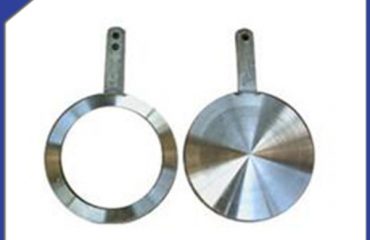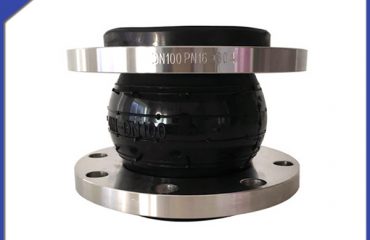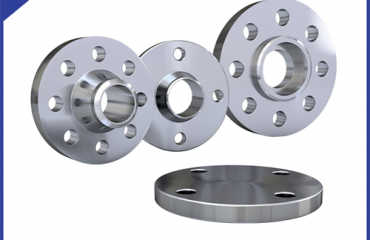Because the Carbon steel butt welded fitting is easy to produce cold crack, hot crack and other defects during welding, it is necessary to take some special process measures to weld normally.
1. Welding method
All kinds of arc welding methods can be used to weld medium carbon steel. Because medium carbon steel is mostly used to manufacture machine parts, not large welding structure, so the welding rod arc welding method is widely used in production.
2. Welding materials
In order to prevent cold crack and hot crack in welded joint, low hydrogen electrode is usually used in shielded metal arc welding. The low hydrogen electrode not only makes the hydrogen content in the weld low, but also has the effect of desulfurization and phosphorus, which can improve the plasticity and toughness of the weld. When the carbon content in the steel is low and the joint restraint is not large, ilmenite type or titanium calcium type welding rod can be used for welding, but strict process measures must be taken, such as reducing the fusion ratio as far as possible, strictly preheating the weldment and controlling the interlayer temperature. If the weldment cannot be preheated, chromium nickel austenitic stainless steel electrode can be used for welding,
For example, e308l-16 (A102), e308l-15 (A107), e309-16 (A302), e309-15 (A307), e310-16 (A402), e310-15 (A407), etc.
3. Preheating temperature and interlayer temperature
Preheating before welding is the most effective measure to prevent cracks in welding medium carbon steel. Preheating can not only reduce the cooling rate of the joint, so as to prevent the formation of martensite, but also reduce the welding stress and accelerate the diffusion and escape of hydrogen. In most cases, preheating and maintaining interpass temperature are required. The selection of preheating temperature and interlayer temperature depends on carbon equivalent of steel, thickness of base metal, rigidity of structure, type of welding rod, etc. Preheating temperature can be determined by weldability test or empirical formula t0 = 550 (c-0.12) + 0.4 δ, where t0 is preheating temperature (℃), C is mass fraction of carbon in base metal welded (%), and δ is thickness of steel plate (mm).
The preheating temperature and interlaminar temperature of 30, 35 and 45 steel welding can refer to table 1.
4. Groove type
It is better to open U-shaped or V-shaped groove for weldment, which can reduce the proportion of base metal melting into the weld. If the casting defect is repaired by welding, the groove shape excavated by shovel shall be smooth to reduce the amount of base metal melting into the weld.
5. Welding parameters
DC reverse polarity power supply should be used for welding. In multi-layer welding, the proportion (mass fraction) of base metal melting into the first layer of weld is up to about 30%. Therefore, small diameter electrode, small current and slow welding speed should be used.
6. Post weld heat treatment
After welding, it is better to carry out stress relief heat treatment immediately. Especially for weldments with large thickness, large rigid structure and weldments working under dynamic load or impact load.
The temperature of stress relief tempering is generally 600-650 ℃.
If the stress relief heat treatment cannot be carried out immediately after welding, post heating shall be carried out, that is, heating slightly higher than the preheating temperature, and the holding time is about 1 h per 10 mm thickness.
 Language
Language Espanol
Espanol English
English Italian
Italian عربى
عربى
 Skype: chinamaker99
Skype: chinamaker99  Tel: 86-316-5120812
Tel: 86-316-5120812 Email:
Email:  Whatsapp:
Whatsapp: 

